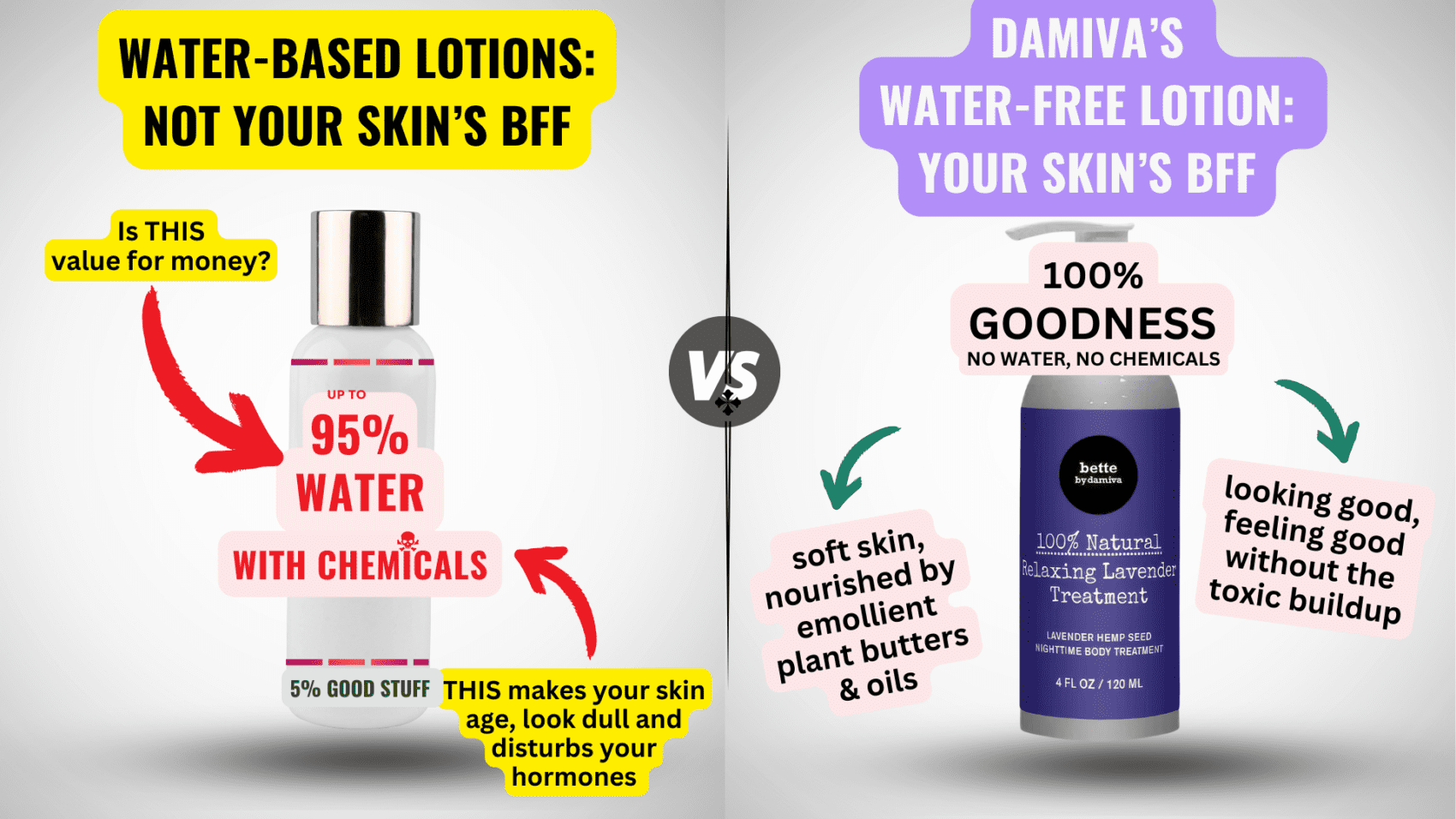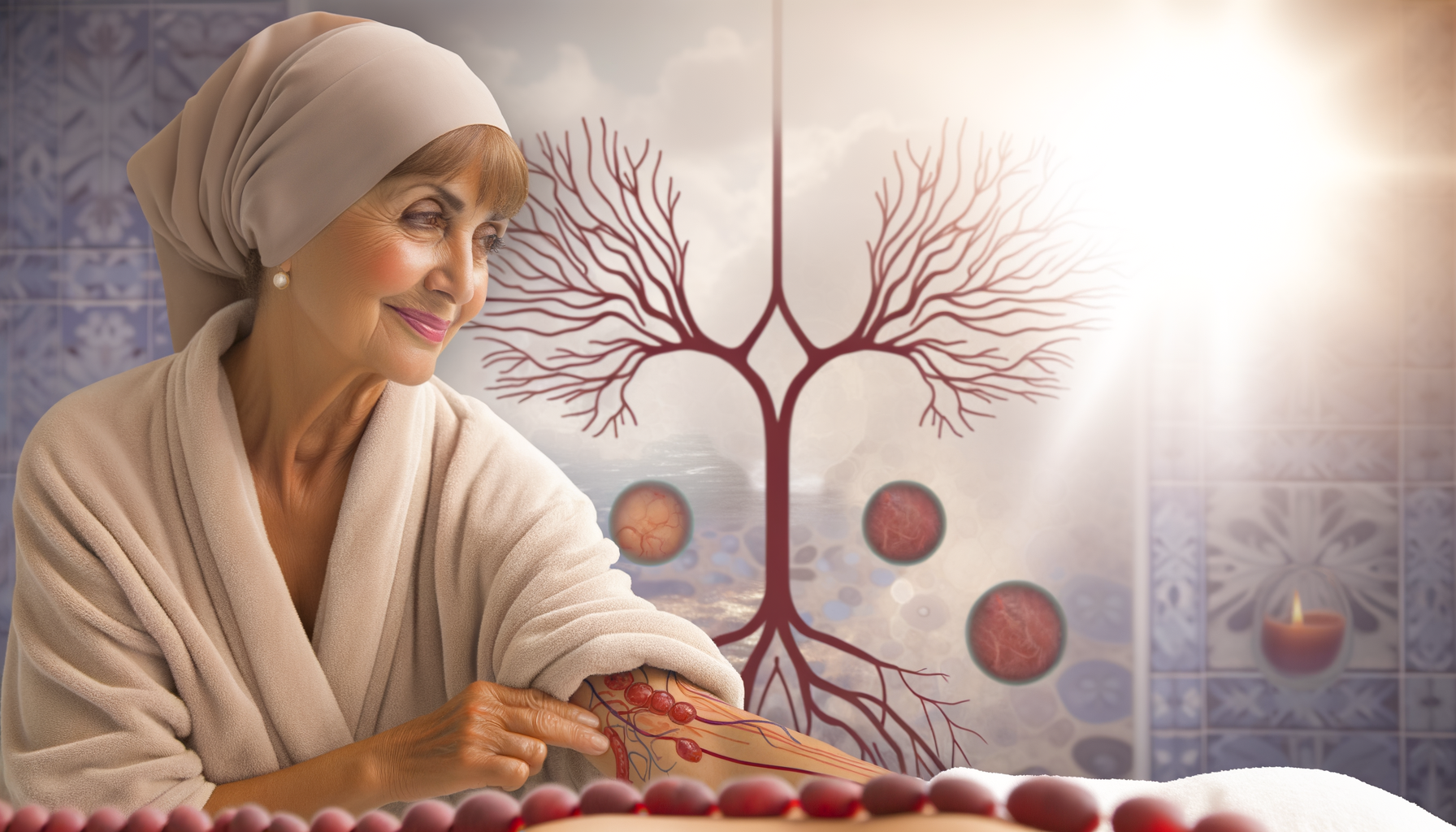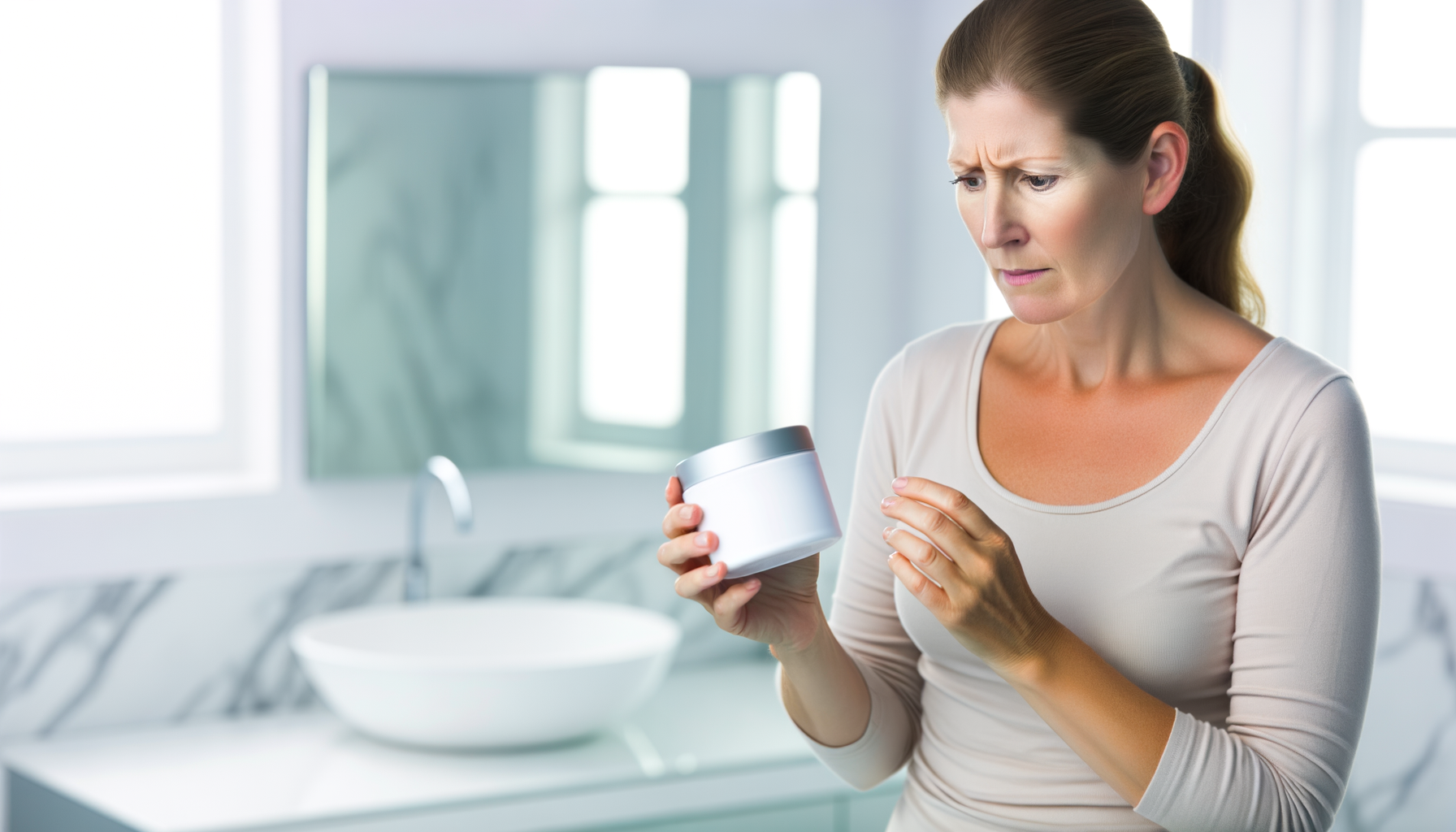Menopause and Lymphatic Health
Menopause marks a significant transition in a woman’s life, typically occurring in the late 40s to early 50s. It signifies the end of menstrual cycles and fertility, brought on by the natural decline in the production of reproductive hormones, such as estrogen and progesterone. Common symptoms associated with menopause include hot flashes, night sweats, mood swings, and changes in sexual function. However, the scope of menopausal symptoms extends beyond these well-known effects, impacting various bodily systems, including the lymphatic system.
Exploring the Unreported Symptom: Swollen Lymph Nodes
While not commonly discussed, swollen lymph nodes can emerge as an unreported symptom during menopause. Lymph nodes, part of the immune system, may become enlarged due to hormonal fluctuations, particularly the decline in estrogen. This hormonal shift can lead to changes in the immune system’s efficacy, potentially causing lymph nodes to swell as they work to filter out and combat infections. Although swollen lymph nodes during menopause are generally benign, persistent or concerning symptoms should prompt medical consultation.
The Importance of the Lymphatic System in Hormonal Balance
The lymphatic system plays a crucial role in maintaining hormonal balance within the body. It is responsible for the removal of waste, toxins, and excess hormones, including estrogen and progesterone. During menopause, as hormone levels fluctuate and eventually decline, the lymphatic system’s efficiency in regulating these hormonal changes becomes increasingly important. A well-functioning lymphatic system ensures the proper elimination of hormonal by-products, aiding in the stabilization of menopausal symptoms and overall health.
The Lymphatic System: Functions and Mechanisms
An Overview of the Lymphatic System
The lymphatic system is a crucial component of the circulatory and immune systems, playing a vital role in maintaining fluid balance, immune function, and the removal of waste products. It consists of a network of lymphatic vessels, nodes, and tissues that transport lymph—a clear fluid containing white blood cells, especially lymphocytes, which are pivotal in fighting infection.
Fluid Balance and Immune Function
The lymphatic system is responsible for maintaining fluid homeostasis by collecting excess interstitial fluid and returning it to the bloodstream, thus preventing tissue swelling, or edema. It also serves as a pathway for the movement of immune cells throughout the body, enabling the detection and response to pathogens or foreign substances. Lymph nodes, scattered throughout the body, act as filtration points where immune responses can be initiated.
The Lymphatic System’s Role in Waste Removal and Nutrient Absorption
Beyond fluid balance and immune surveillance, the lymphatic system is integral in waste removal. It transports waste products and cellular debris from tissues to lymph nodes, where they are broken down and eventually returned to the bloodstream for excretion. Additionally, the lymphatic system is involved in the absorption of fats and fat-soluble nutrients from the digestive system, transporting them to the blood circulation where they can be used by the body.
Challenges Faced by the Lymphatic System During Menopause
Menopause brings about significant hormonal changes that can impact the lymphatic system. Estrogen, known to influence lymphatic function, decreases during menopause, potentially leading to a reduction in lymphatic vessel tone and function. This can exacerbate conditions such as lymphedema, where impaired lymphatic return results in swelling of the extremities. Moreover, hormone therapies commonly used during menopause, such as tamoxifen, have been shown to affect lymphatic endothelial cell gene expression and microenvironment, potentially leading to lymphatic dysfunction and aggravating lymphedema. Understanding these challenges is essential for managing lymphatic health during menopause.
Do you know the three main ways that your body gets in touch with harmful chemicals with everyday products? Knowledge is Power!
The Ultimate Detox Guide will tell you how to lower your exposure to harmful chemicals!

Hormonal Imbalances and Lymphatic Health
Estrogen Dominance and Its Effects on Women’s Health
Estrogen dominance is a hormonal imbalance where estrogen levels are disproportionately high relative to progesterone. This condition can lead to a variety of health issues for women, including headaches, sleep disturbances, mood swings, memory problems, uterine fibroids, and in severe cases, breast cancer. The lymphatic system, which is responsible for draining interstitial fluids, fats, and immune cells, can be affected by this imbalance, leading to further complications such as lymphedema. Lymphedema is characterized by swelling in the extremities due to impaired lymphatic return, which can be exacerbated by estrogen dominance.
Progesterone’s Relationship with the Lymphatic System
Progesterone plays a crucial role in the lymphatic system’s function. It is essential for fertility and menstruation and works to balance estrogen levels. A healthy lymphatic system facilitates the free flow of progesterone throughout the body. However, when the lymphatic system is compromised, progesterone’s movement can be impeded, leading to an accumulation of estrogen, or estrogen dominance. This imbalance can result in a range of symptoms that affect women’s health, emphasizing the importance of maintaining lymphatic health for hormonal balance.
The Impact of Hormonal Imbalances on Lymphatic Function
Hormonal imbalances, particularly those involving estrogen and progesterone, can significantly impact lymphatic function. Estrogen dominance can lead to a compromised lymphatic system, which in turn can cause tissue swelling, poor skin tone, excess weight, and increased susceptibility to illness. Conversely, the lymphatic system’s health directly influences the body’s ability to regulate hormone levels. For example, the lymphatic system’s role in waste removal is critical for eliminating excess hormones from the body. When the lymphatic system is not functioning optimally, hormonal imbalances can become more pronounced, creating a cycle that can be challenging to break without addressing both hormonal and lymphatic health.
In conclusion, the interplay between hormonal imbalances and lymphatic health is a complex and significant aspect of women’s health. Estrogen dominance can have far-reaching effects on the lymphatic system, while the health of the lymphatic system is vital for maintaining hormonal balance. Understanding this link is crucial for developing effective treatments and management strategies for conditions related to both the lymphatic system and hormonal imbalances.

From unhappy, dry, and sandpaper to silky, smooth and feeling good. That’s Cleo. Cleo is a 100% natural labial balm to moisture and soothe “your other lips”. Cleo is chemical-free, water-free, pH optimized and helps maintain and restore your delicate labial skin’s natural flora. Ideal for daily use or as needed. Get the most silky, lovable lips ever.
Lymphatic Massage as a Complementary Treatment for Menopause
The Science Behind Lymphatic Massage
Lymphatic massage, also known as manual lymph drainage, is a gentle massage technique designed to stimulate the flow of lymph fluid around the body. This method is based on the understanding that the lymphatic system plays a crucial role in removing waste and toxins from the bodily tissues. Unlike the cardiovascular system, the lymphatic system lacks a central pump. Instead, it relies on the rhythmic contraction of the lymph vessels and the movement of skeletal muscles to propel lymph fluid through the body.
Lymphatic massage aims to enhance this natural process by applying light pressure and rhythmic circular movements to encourage the lymph fluid to move towards the lymph nodes, where it can be filtered and toxins can be removed. This is particularly important during menopause, when hormonal changes can lead to a sluggish lymphatic system, resulting in symptoms like water retention and bloating.
Evidence Supporting Lymphatic Massage for Menopausal Symptoms
Research has indicated that lymphatic massage may offer relief from various menopausal symptoms. A study published in the Journal of Physical Therapy Science in 2017 highlighted the potential benefits of lymphatic drainage for women experiencing menopause-related issues such as mood swings, insomnia, and fatigue. The study found that even a single session of lymphatic massage could significantly reduce stress hormones like cortisol, leading to positive mental and physical effects.
Participants reported feeling better overall, with comments such as “I feel better” and “my legs feel lighter,” suggesting that lymphatic massage may help alleviate the sensation of heaviness and discomfort often reported during menopause.
Manual vs. Machine-Assisted Lymphatic Drainage
There are two primary methods of lymphatic drainage: manual and machine-assisted. Manual lymphatic drainage is performed by trained therapists who use their hands to manipulate the skin and underlying tissues. This personalized approach allows therapists to adjust the pressure and motion based on the individual’s needs and responses.
On the other hand, machine-assisted lymphatic drainage, such as pressotherapy, involves wearing a specialized suit connected to a machine that applies pressure to the body. This pressure is systematically increased and decreased, mimicking the natural flow of lymph through the body. Pressotherapy is particularly useful for treating larger areas of the body and can be a more consistent and less labor-intensive option than manual massage.
Both methods have their advantages, and the choice between manual and machine-assisted lymphatic drainage may depend on personal preference, availability, and specific health considerations. It is important to consult with a healthcare professional before beginning any new treatment to ensure it is appropriate for your individual health needs, especially during menopause.

THEN IT CONTAINS TOXIC CHEMICALS. WHY RISK IT GETTING SICK? GO CHEMICAL FREE.
Benefits of Lymphatic Massage Beyond Symptom Relief
Improvements in Body Shape and Skin Tone
Lymphatic massage, also known as lymphatic drainage, is a gentle technique that supports the movement of lymph fluids throughout the body. This process not only aids in reducing swelling and discomfort but also has aesthetic benefits. By enhancing the lymphatic system’s ability to flow and eliminate toxic waste, lymphatic massage can contribute to a more defined body shape. The removal of excess fluids and toxins from fat cells can make it easier for the body to break down these cells, potentially leading to a more contoured appearance. Additionally, the improved circulation and waste removal can result in clearer, more vibrant skin, counteracting puffiness and dull tones.
Enhanced Digestion and Sleep Quality
The lymphatic system plays a crucial role in gut health, including the reduction of bloating and constipation. By improving the efficiency of toxin flushing, lymphatic massage can lead to smoother digestion and bowel function. Moreover, the relaxation effect of the massage can enhance sleep quality. The gentle, rhythmic movements can help soothe the nervous system, promoting a state of relaxation that is conducive to restful sleep.
Reduction of Stress Hormones and Free Radicals
Stress can have a significant impact on the body, including the production of stress hormones and free radicals that can damage cells. Lymphatic massage can help reduce the levels of these harmful substances by promoting relaxation and improving the body’s detoxification processes. The massage’s soothing effect can decrease the production of stress hormones, while the enhanced removal of toxins can reduce the accumulation of free radicals.
Boosting Immune Function and Overall Well-being
The lymphatic system is an integral part of the immune system. By supporting the movement of lymph, which contains infection-fighting white blood cells, lymphatic massage can improve immune function. A well-functioning lymphatic system can more efficiently remove pathogens and debris from the body, potentially leading to fewer illnesses and a general sense of well-being. The cumulative effect of reduced swelling, improved skin condition, better digestion, and sleep, along with lower stress levels, can significantly enhance overall quality of life.
In conclusion, lymphatic massage offers a range of benefits that extend far beyond the relief of lymphedema symptoms. Its ability to improve body shape, skin tone, digestion, sleep quality, and immune function, while reducing stress and free radicals, makes it a valuable complementary treatment for those undergoing menopause and others seeking to improve their overall health and well-being.

If you wonder, if this discomfort and the dryness down there will be there forever….
Try Mae. Mae is gives you back comfort, control, re-assurance, and re-connecting.
Mae is more than just a vaginal moisturizer; it’s your ally for intimate natural health, rediscovering joy, cultivating comfort, and even igniting sparks of intimacy and rekindled romance. Mae is your companion in rejoicing in your femininity at every stage of life. Learn more…
Integrating Lymphatic Health into Menopause Management
Lifestyle Changes to Support Lymphatic and Hormonal Health
Menopause is a natural transition in a woman’s life that can bring about various physical and emotional changes. Among these changes, lymphatic health can be significantly impacted, leading to symptoms such as swelling and discomfort. To support lymphatic and hormonal health during menopause, lifestyle modifications are essential. These include:
- Hydration: Drinking plenty of water helps maintain fluid balance and supports lymphatic circulation.
- Stress management: Practices such as yoga, meditation, and deep breathing can reduce stress hormones that may exacerbate lymphatic issues.
- Avoiding tight clothing: Wearing loose-fitting clothes can prevent constriction of lymphatic vessels.
- Regular movement: Physical activity stimulates lymphatic flow, reducing the risk of congestion.
The Role of Diet and Exercise in Lymphatic Function
Diet and exercise play a pivotal role in maintaining lymphatic function during menopause. A balanced diet rich in fruits, vegetables, and lean proteins can provide the necessary nutrients to support lymphatic health. Reducing salt intake can prevent fluid retention, while anti-inflammatory foods like turmeric and ginger may help reduce swelling. Exercise, particularly low-impact activities such as swimming or walking, can enhance lymphatic drainage and promote overall well-being.
When to Consider Professional Lymphatic Massage
While lifestyle changes can significantly improve lymphatic health, some women may benefit from professional lymphatic massage, especially if they experience persistent lymphatic-related symptoms. Lymphatic massage, performed by a trained therapist, can help:
- Stimulate lymph flow and reduce swelling
- Alleviate pain and discomfort associated with lymphatic congestion
- Support the immune system by aiding the removal of toxins
It is recommended to seek a professional with experience in lymphatic drainage techniques, particularly for women undergoing menopause, as they may have specific needs related to hormonal changes.
By the way, something for you, a little gift!!!
I am just in the middle of publishing my book. It’s about How women can balance their hormones. One part is about food and diet, of course.
Follow this link and enter your email.
I will send you this part of the book for free once the book is published. It has many concrete, practical tips and recipes and will help you feel better during menopause or times of Big hormonal fluctuations.
Annette, Damiva Lead for Health & Wellness

Conclusion and Further Considerations
Summarizing the Link Between Lymph and Menopause
The intricate dance between the lymphatic system and hormonal balance is a critical aspect of women’s health, particularly during the menopausal transition. As we have explored, the lymphatic system’s role extends beyond its traditional functions of fluid balance and immune defense to include a significant impact on hormonal regulation. The phenomenon of swollen lymph nodes, while not widely reported, has emerged as a noteworthy symptom among perimenopausal and menopausal women, suggesting a potential link between lymphatic health and menopausal symptoms.
Estrogen dominance, a common hormonal imbalance in modern women, can have profound effects on lymphatic function. The lymphatic system’s affinity for non-polar, fatty substances like progesterone, compared to the more polar estrogen, underscores the importance of a well-functioning lymphatic system for maintaining hormonal equilibrium. Lymphatic massage and other interventions that support lymphatic health may, therefore, offer relief from menopausal symptoms and contribute to overall well-being.
Future Research Directions and Clinical Implications
While the connection between lymphatic health and menopause is gaining attention, further research is essential to fully understand the mechanisms at play. Future studies should aim to quantify the impact of lymphatic interventions on hormonal balance and menopausal symptoms, as well as to identify potential biomarkers for lymphatic health. Clinical trials assessing the efficacy of lymphatic massage and other treatments in managing menopausal symptoms could pave the way for integrative approaches to menopause management.
Additionally, the exploration of hormonal therapies’ effects on the lymphatic system, particularly the use of selective estrogen receptor modulators like tamoxifen, warrants careful consideration. Understanding the implications of these therapies on lymphatic function could inform treatment decisions and post-treatment care for breast cancer survivors facing menopause.
Empowering Women to Take Charge of Their Lymphatic Health
Empowering women with knowledge and resources to support their lymphatic health is a vital step toward improved quality of life during menopause. Lifestyle modifications, including regular physical activity, proper hydration, and dietary adjustments, can bolster lymphatic function. Additionally, incorporating daily practices such as body brushing and targeted massage with lymphatic-friendly products can be effective self-care strategies.
Healthcare providers should be encouraged to include lymphatic health in their discussions with menopausal patients, offering guidance on preventive measures and available treatments. By taking charge of their lymphatic health, women can navigate the menopausal transition with greater ease and vitality.


















